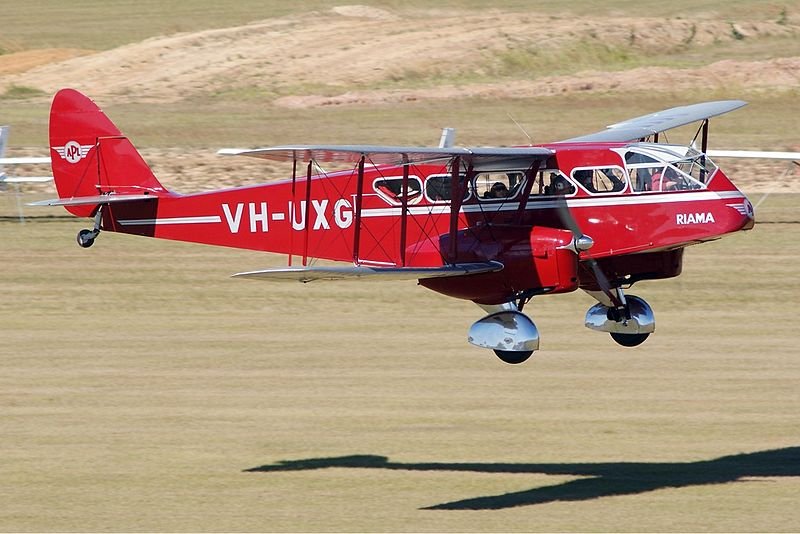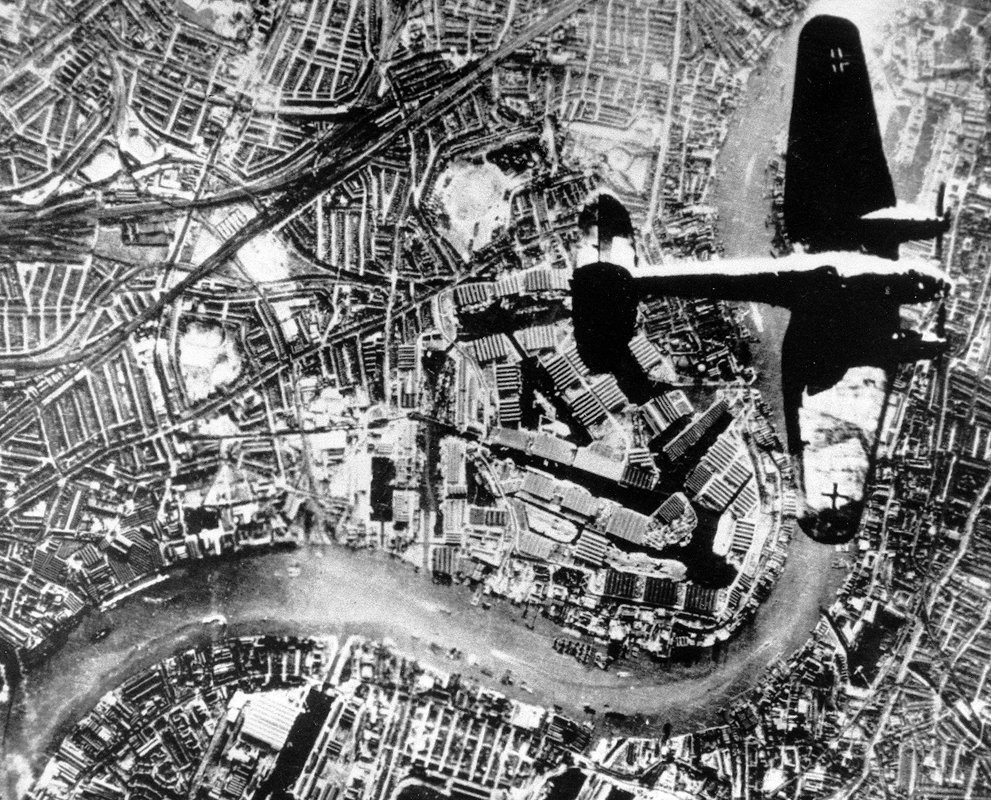The role of airpower in the Second Indian Mutiny
I may be the only person now living to have read all three of Hamish Blair’s novels, published in 1930 and 1931 — I’m certainly the only person on LibraryThing to own any at all.1 I wish I could say that the rest of you are missing out, but you’re really not: they are tedious […]




